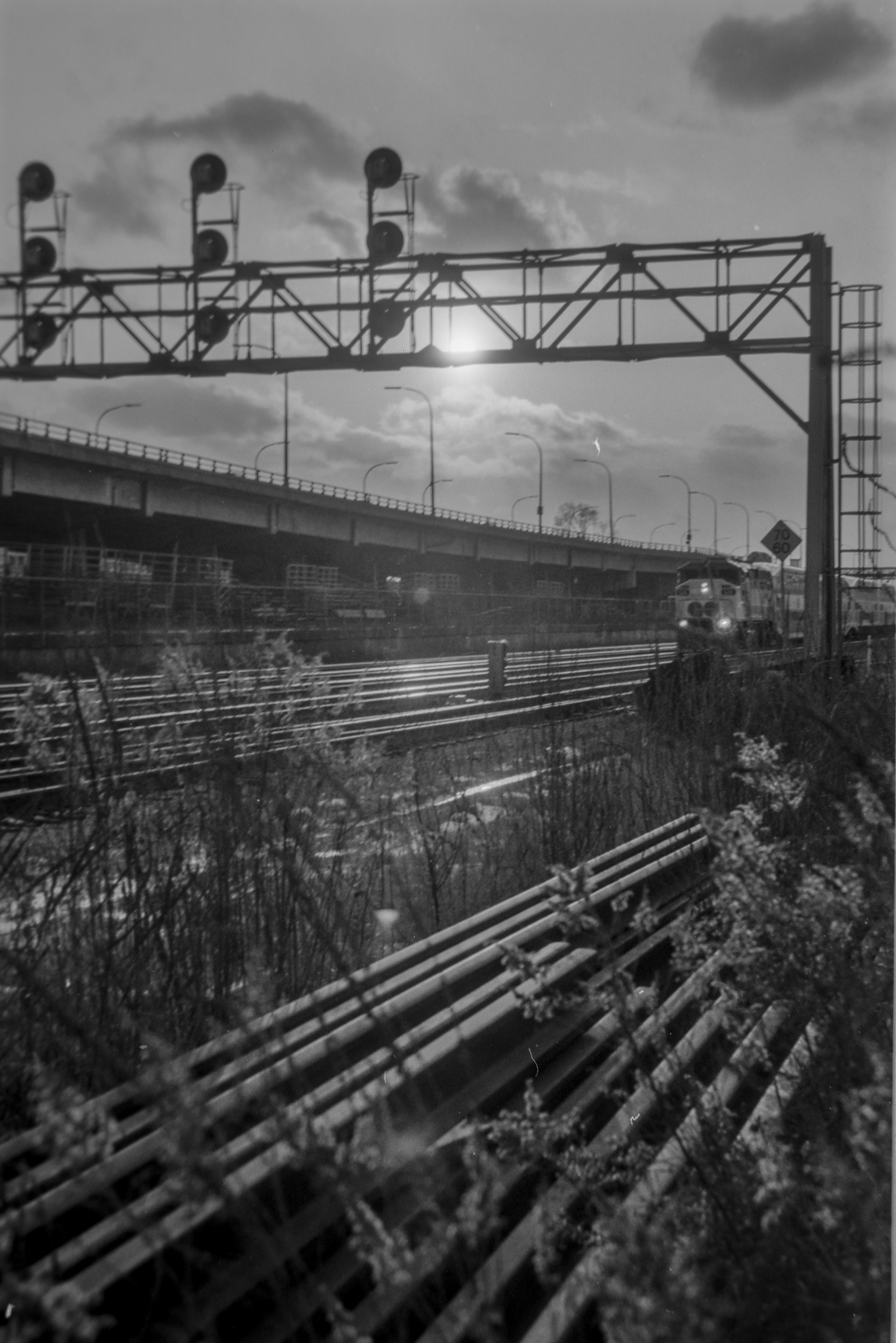New light on old images
In an earlier post I discussed how my early efforts in photography, while exceedingly fun, were limited in output. All told, after I bought my first SLR film camera in 1991, I only shot a few dozen rolls each of colour and BW film. Of those, a scant few frames were ever enlarged.
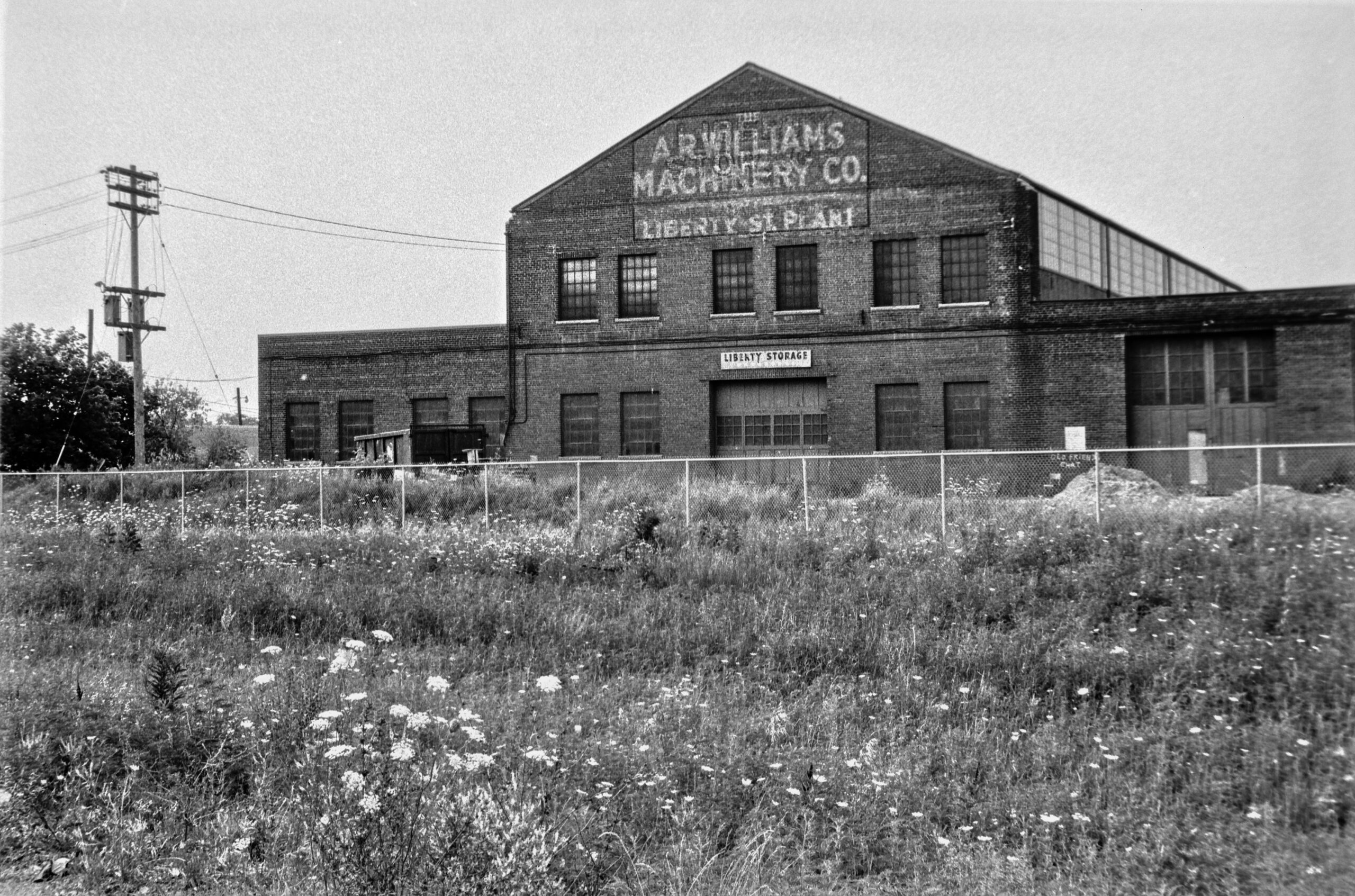
During my first several years with the camera, I lived in and around the Toronto ‘warehouse district’. This was an area roughly between Spadina Ave. and Dufferin St. and mostly south of King St. West.
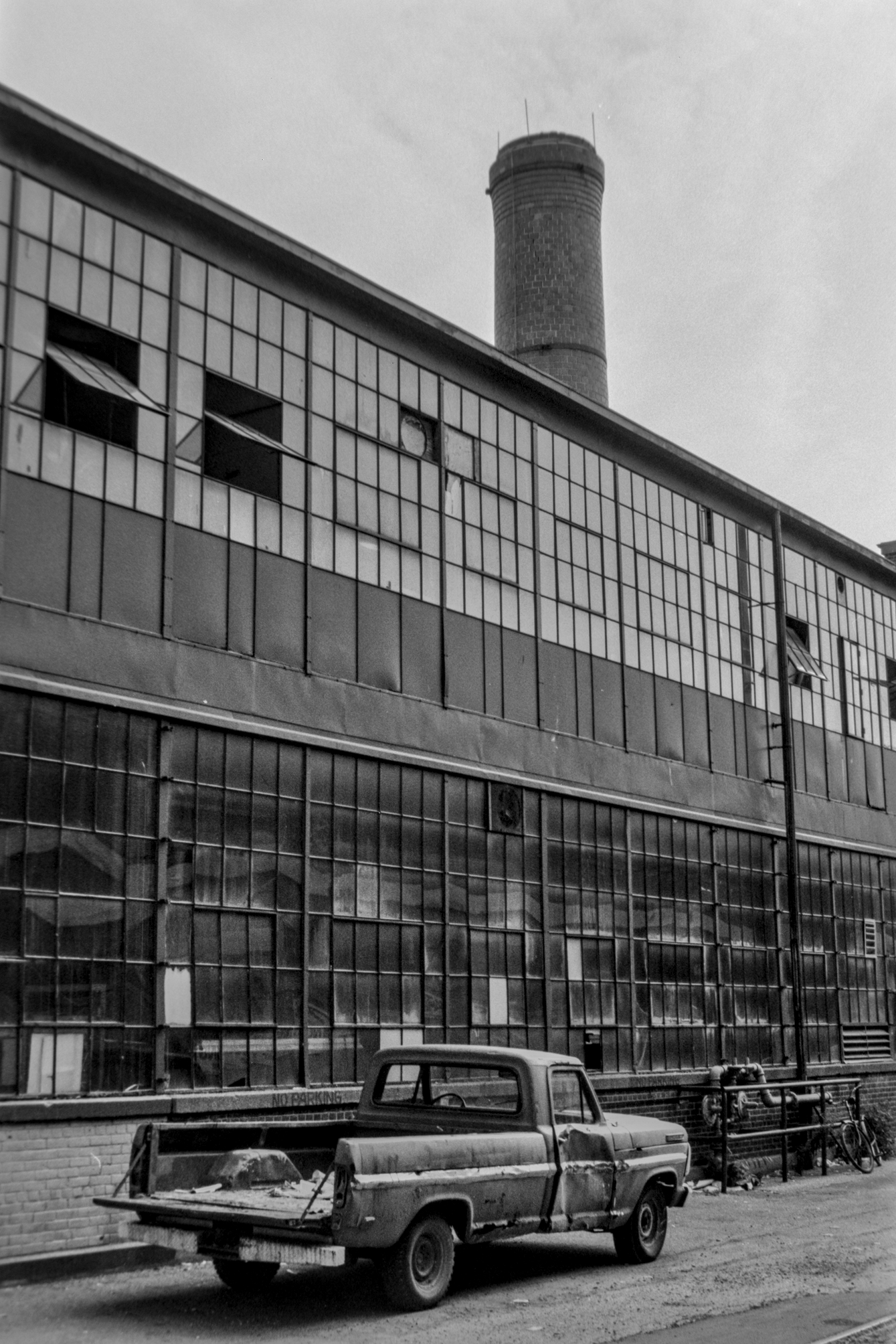
Many old warehouses and factories were vacant or repurposed as rentals. Rent was cheap. A monthly rate of $1 per square foot was common.
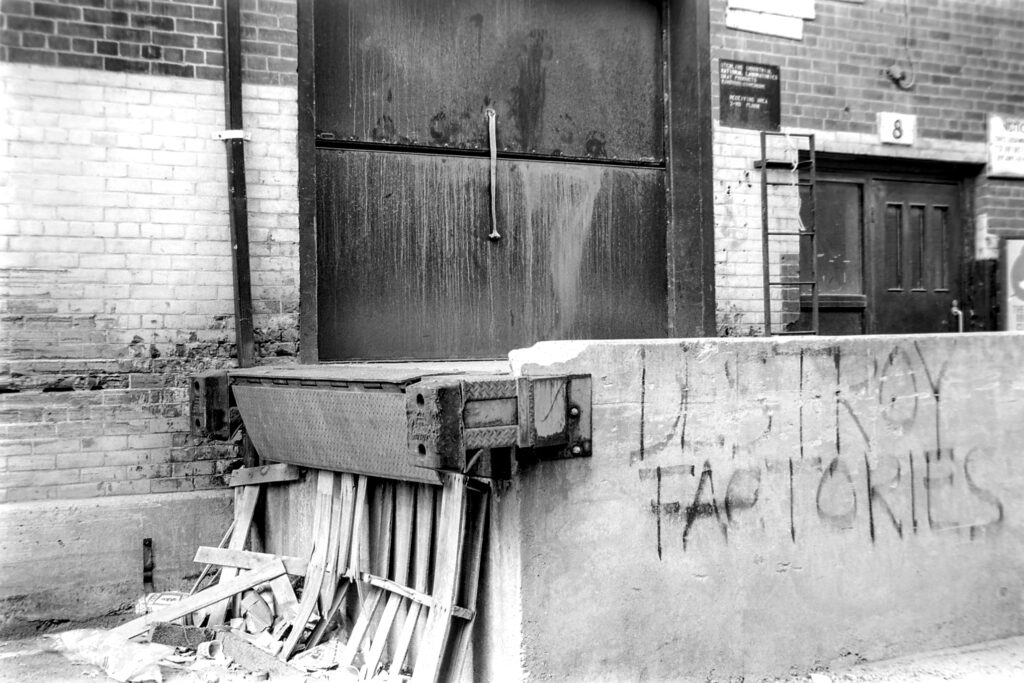
Tenants could save money on housing while using their space for band rehearsals or as an art studio. Often without plumbing or separate rooms, occupants would build their own kitchen and bathroom facilities, or manage without.
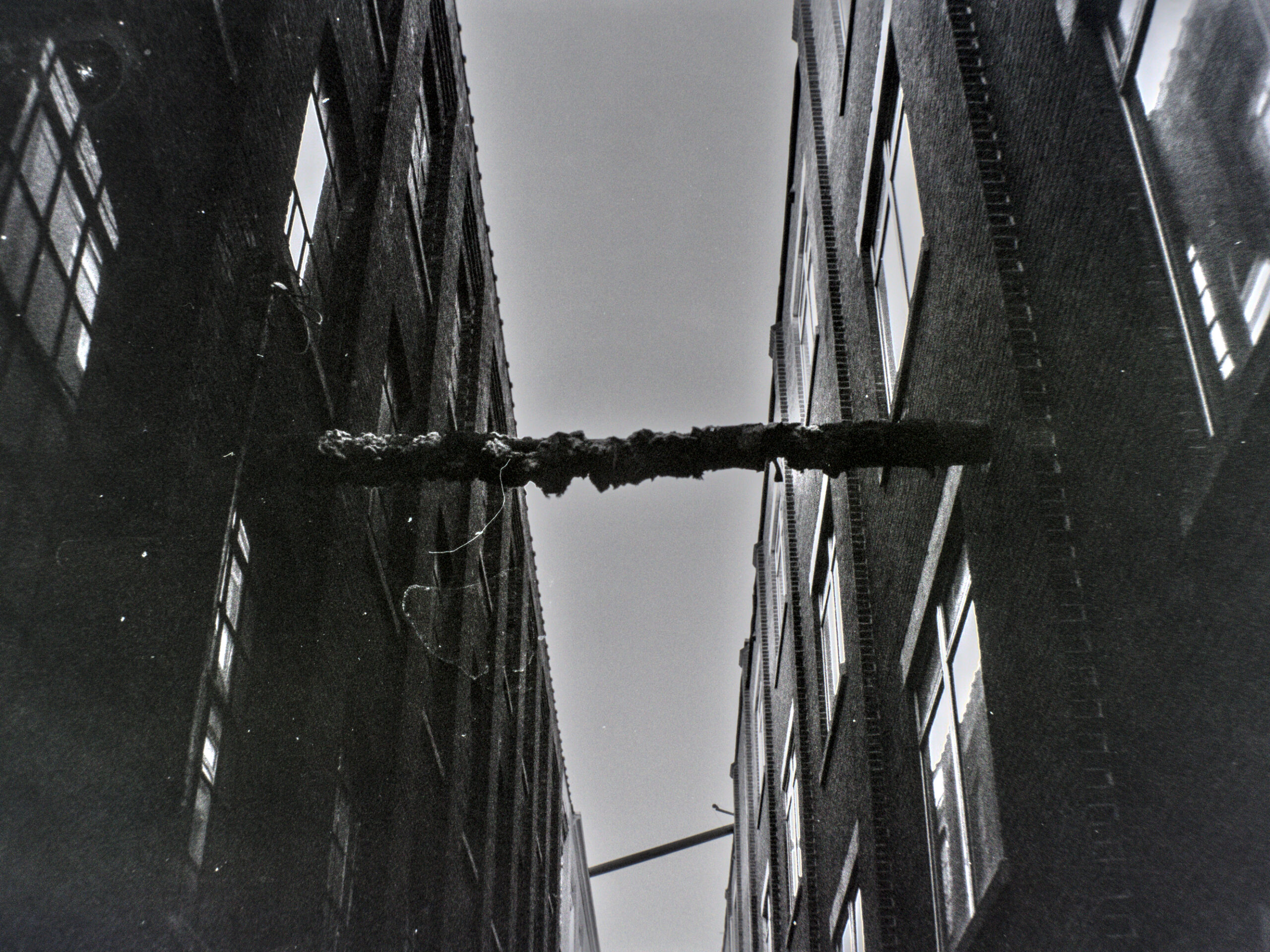
Living in these spaces was technically illegal, but the rules were not actively enforced. A few spaces were used for after hours ‘booze cans’, where the bands and partyers could keep drinking after the bars closed.
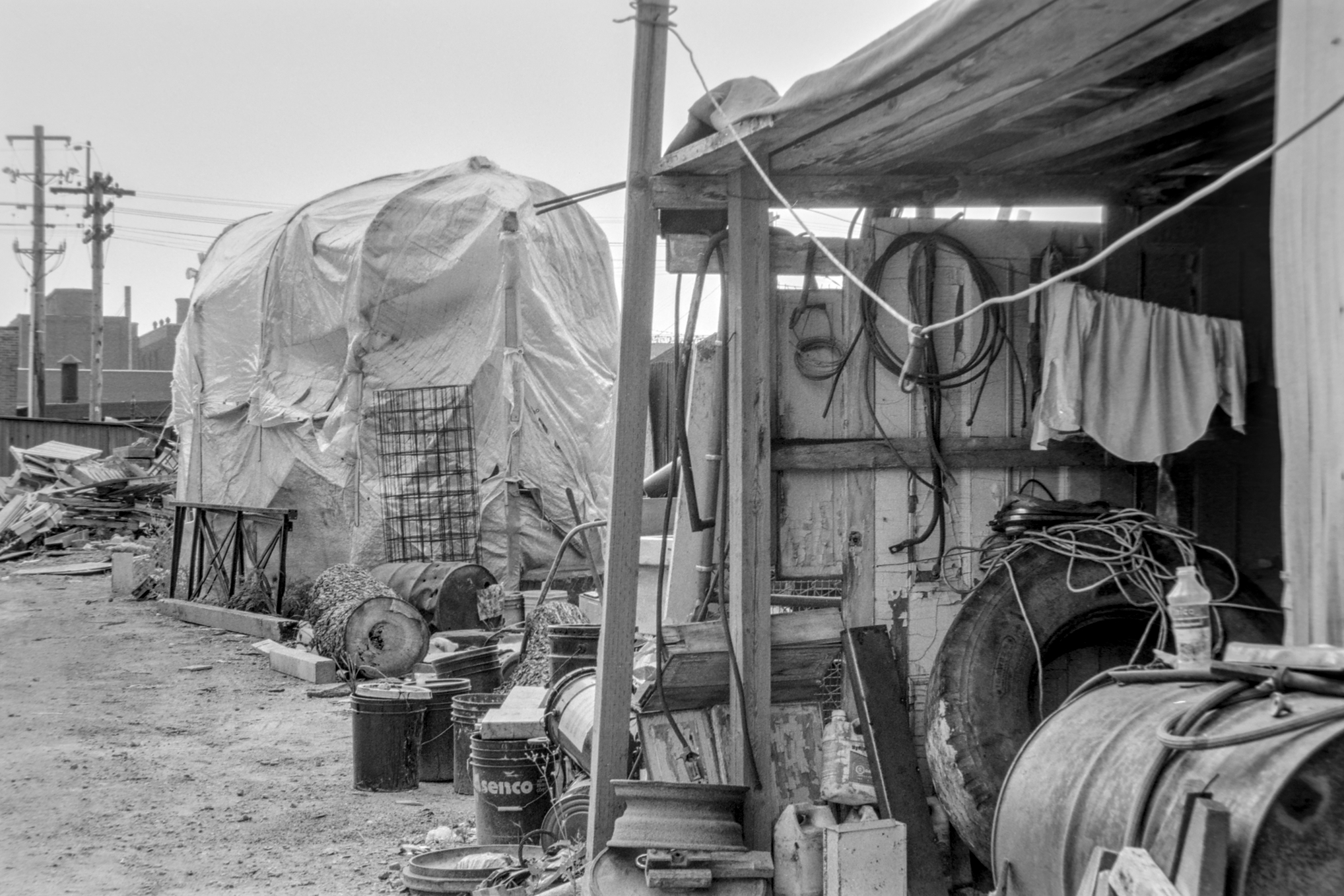
My friends and I spent many days and nights moving through these properties. I would return with my camera to capture some scenes I found interesting. There was no shortage of decaying structures, machinery, and vehicles.
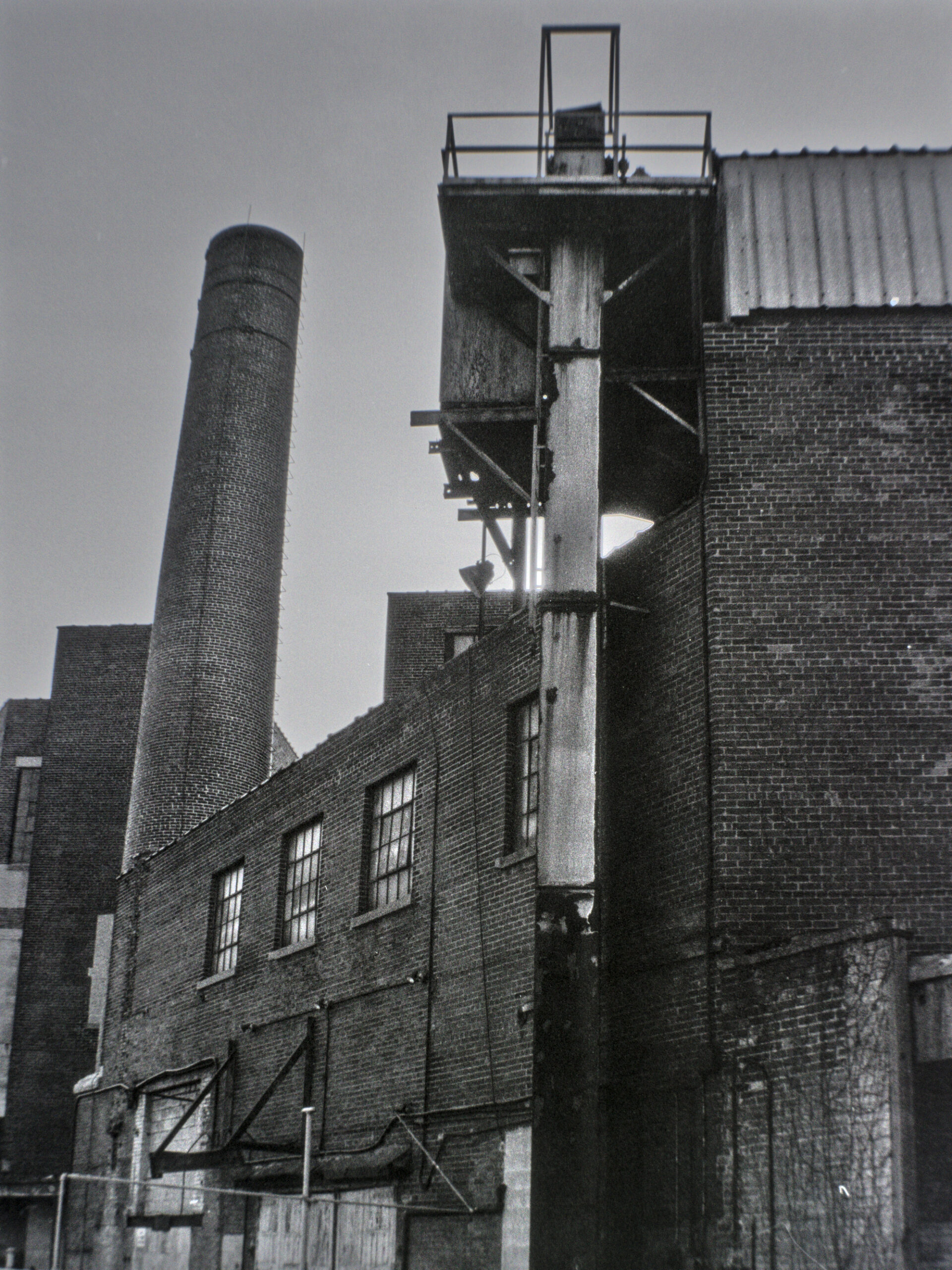
I would like to have taken more photos of people, both friends and strangers, but I did not appreciate the value of such images at the time. The area being sparsely populated didn’t help. Since then, the old buildings have been renovated into residential lofts, or demolished and replaced with condominium apartment towers.
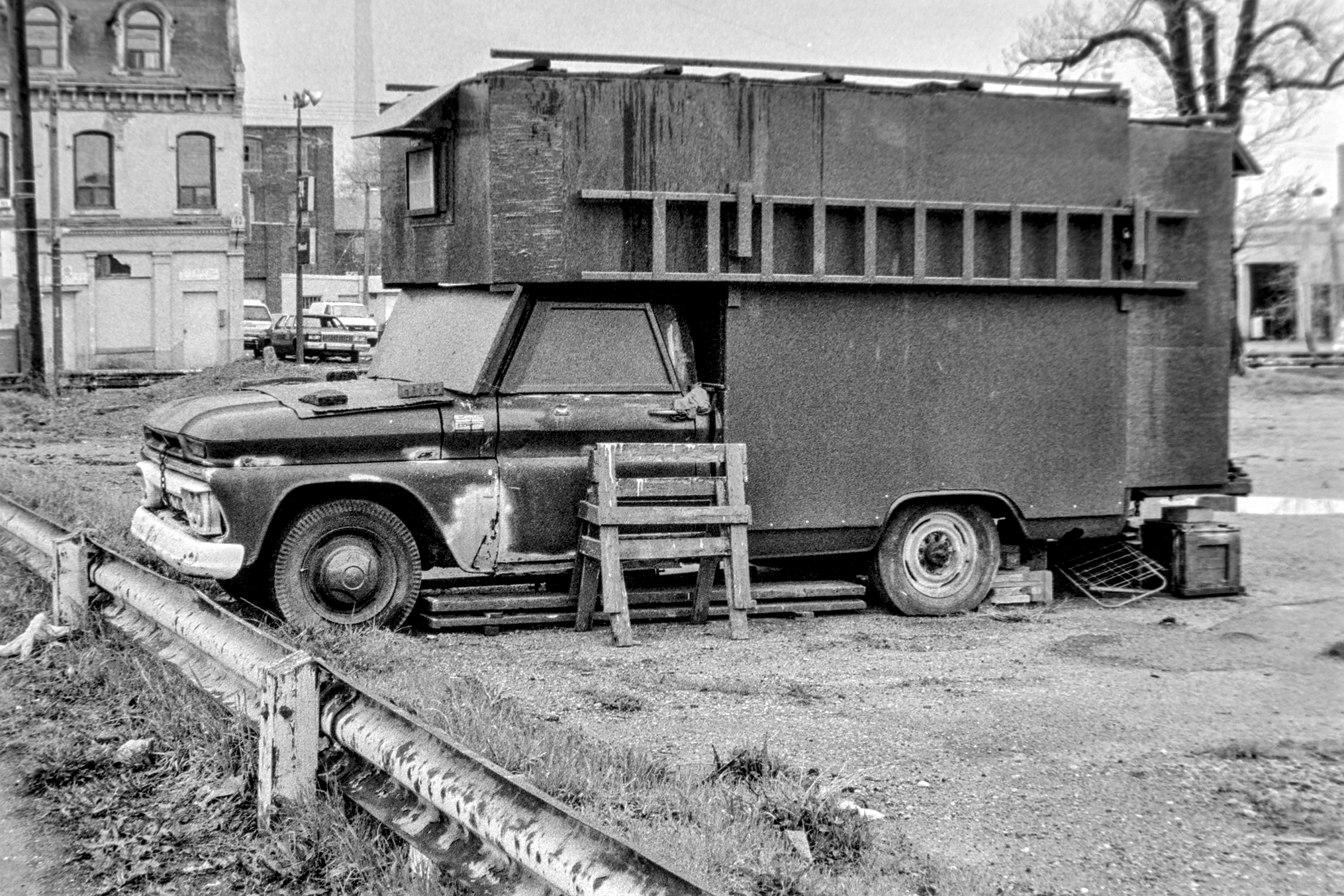
It wasn’t until later in the decade that I set up a home darkroom and began making enlargements of these photos. I’m still proud of the 8x10s I made back then. A few were given as gifts, and some are still hanging on my walls. But the truth is, there are only a handful of frames that ever received proper treatment, which I selected after examining the negative or a contact sheet.
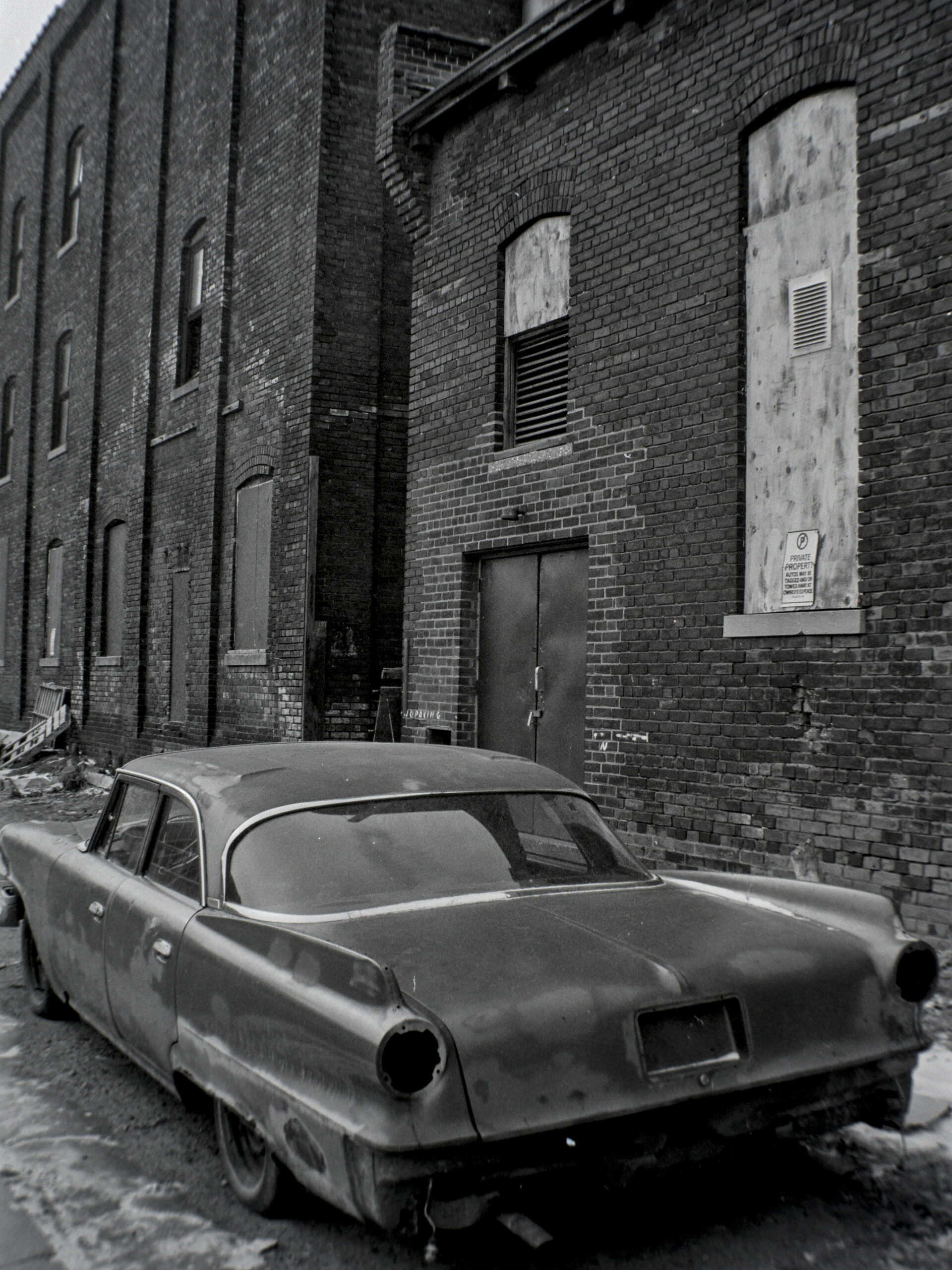
My output in the darkroom was limited by available resources of time and cash. Once the darkroom was dismantled, any photo that was passed over has been left unseen for decades.
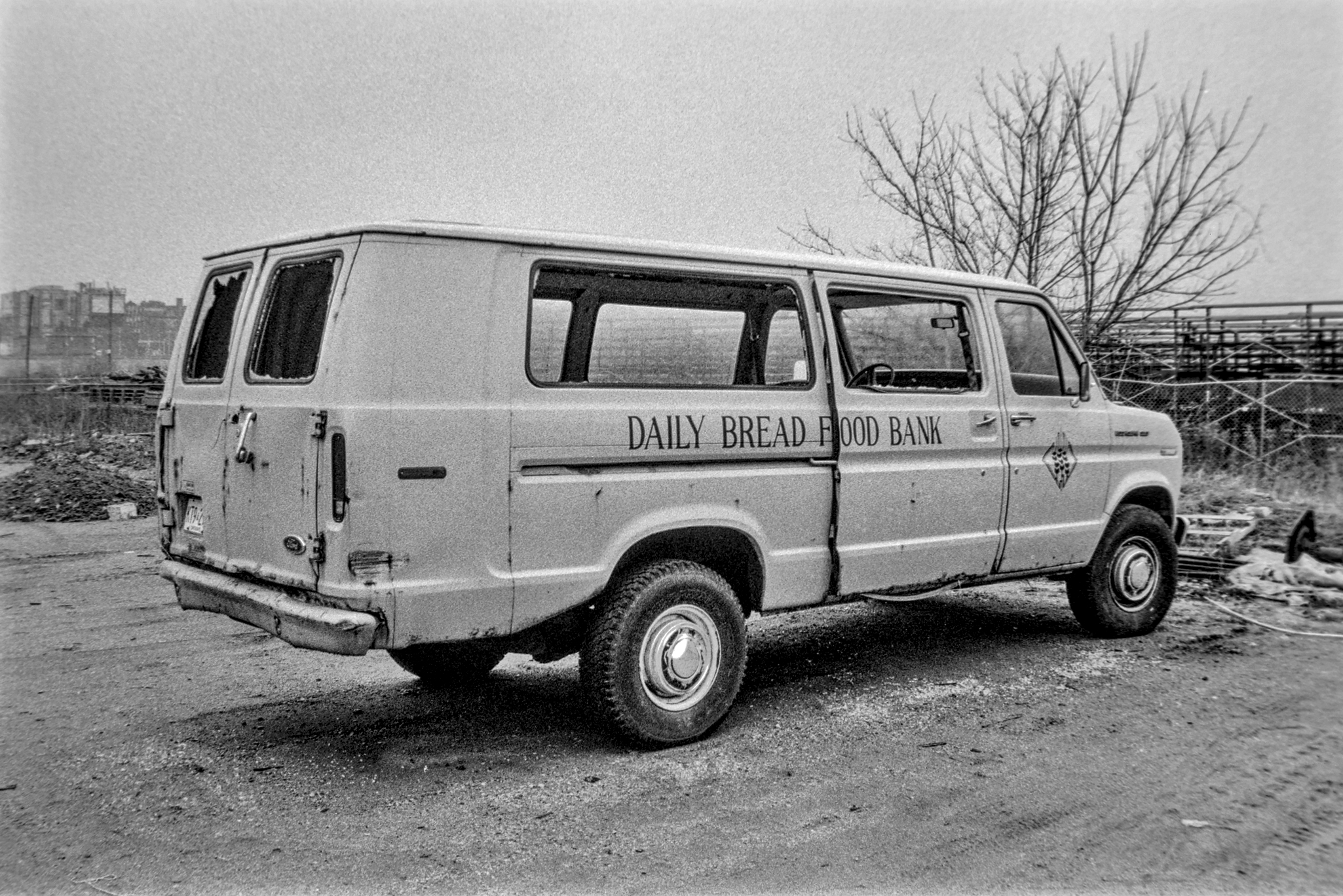
Recently I have digitized a large proportion of my negatives from the 1990s. In the process, I have found many that are grainy, or have low contrast, but I like the subjects and composition. Thankfully I can crank the settings to make the most of some poorer quality images. At first I felt uneasy with this, as if I was somehow cheating.
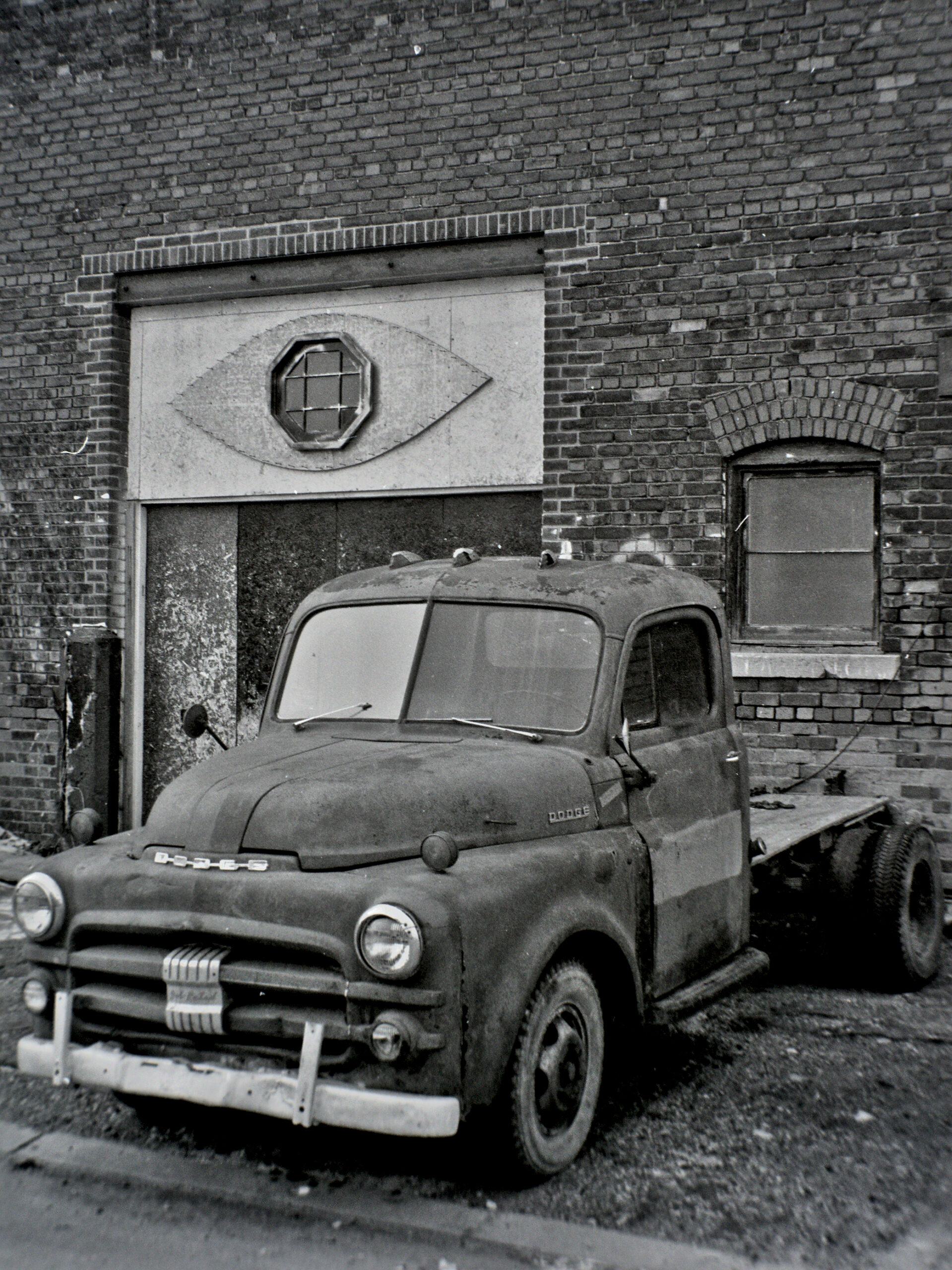
Many of us enjoy creating low-fi, high contrast images using today’s digital tools, even though they’re designed for achieving technical perfection. I can appreciate going for a crunchy, grainy look instead, so why not apply the same logic to these old photos? After all, in the darkroom we would experiment until achieving the look we were after. With these images being far from technically perfect to begin with, I’m pleased with a crunchy and grainy result, even if not exactly on purpose.
